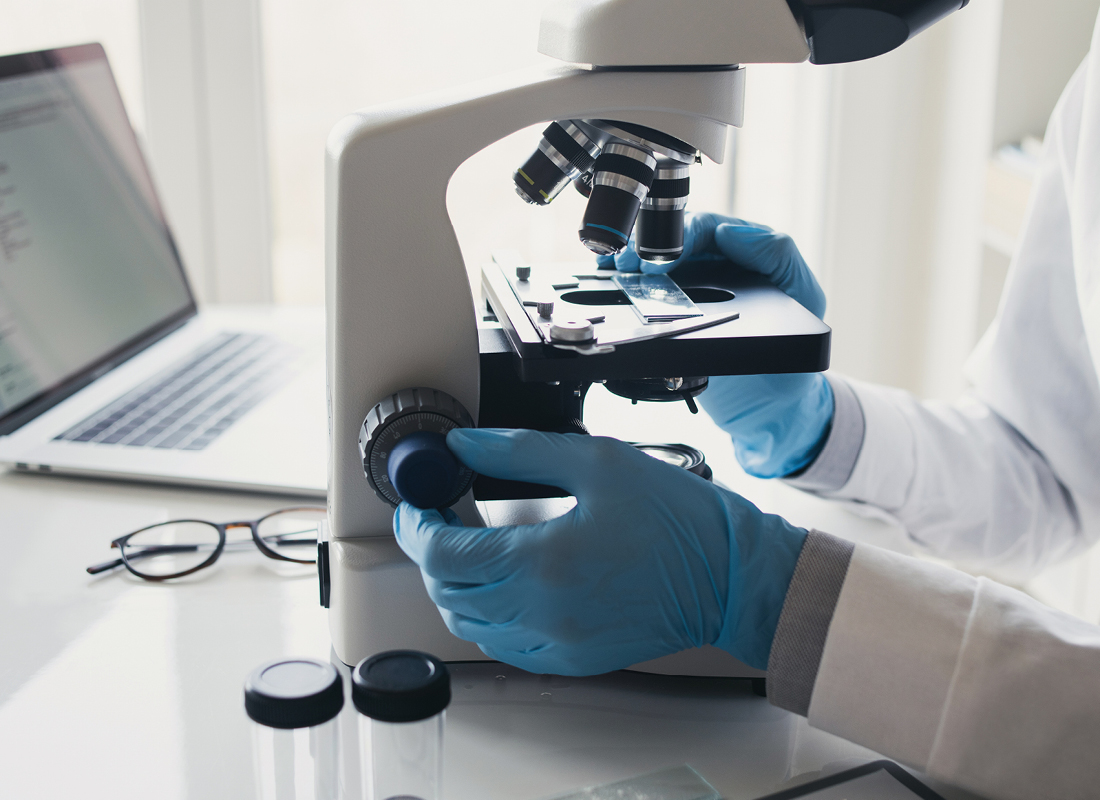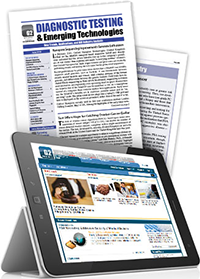How Laboratories Are Developing New Coronavirus Diagnostic Tests at Record Speed
The criticism leveled at the Food and Drug Administration (FDA) over the lack of diagnostic tests for COVID-19 in the U.S. belies the unprecedented speed with which new coronavirus tests are reaching the market. Admittedly, the agency was slow out of the gate, waiting until early February to put a coronavirus diagnostics strategy into action. But in the roughly six weeks since then, progress has been unprecedented. Here is a look at the FDA’s regulatory response and where things stand right now. The Historical Context This is the fifth time the U.S. has declared a public health emergency emergency for an infectious disease. The previous emergencies were for H7N9 influenza, Middle East Respiratory Syndrome (MERS), Ebola, EV-D68 and Zika virus. In each case, the FDA has relied on its EUA pathway to bring new tests to market on a rapid basis. And in each case, the initial EUA went to either the U.S. Centers for Disease Control and Prevention (CDC) or Department of Defense, typically within a week of the emergency’s being declared. The government tests were designed as a stopgap measure offering immediate relief until commercial laboratories could get EUA clearance for their own tests. But that took at […]

The criticism leveled at the Food and Drug Administration (FDA) over the lack of diagnostic tests for COVID-19 in the U.S. belies the unprecedented speed with which new coronavirus tests are reaching the market. Admittedly, the agency was slow out of the gate, waiting until early February to put a coronavirus diagnostics strategy into action. But in the roughly six weeks since then, progress has been unprecedented. Here is a look at the FDA’s regulatory response and where things stand right now.
The Historical Context
This is the fifth time the U.S. has declared a public health emergency emergency for an infectious disease. The previous emergencies were for H7N9 influenza, Middle East Respiratory Syndrome (MERS), Ebola, EV-D68 and Zika virus. In each case, the FDA has relied on its EUA pathway to bring new tests to market on a rapid basis. And in each case, the initial EUA went to either the U.S. Centers for Disease Control and Prevention (CDC) or Department of Defense, typically within a week of the emergency’s being declared.
The government tests were designed as a stopgap measure offering immediate relief until commercial laboratories could get EUA clearance for their own tests. But that took at least two months, as illustrated by the table below.
Time Lag between Emergency Declaration & Approval of Commercial Laboratory Test
| Infectious Disease | Emergency Declared | First Commercial Test EUA |
| Ebola | Aug. 5, 2014 | Oct. 10, 2014 (BioFire Diagnostics) |
| Zika | Feb. 26, 2016 | April 28, 2016 (Quest) |
| MERS | May 29, 2013 | July 17, 2015 (Altona Diagnostics) |
The Initial FDA COVID-19 Response
Initially, the FDA response to COVID-19 followed the same path as the previous outbreaks. Thus, on February 4, within days after the emergency was declared on January 31, the agency issued its first approval for a coronavirus test to the CDC’s reverse transcriptase real-time PCR (rRT-PCR) assay. The so called 2019 Real Time RT-PCR Diagnostic Test Panel was approved for use only by CDC-designated laboratories certified to perform high-complexity testing in accordance with agency protocol.
As before, the strategy was for the CDC assay to hold down the fort until commercial tests arrived. The CDC distributed test kits to state health departments and public health laboratories around the country. But reagent, instrumentation and laboratory staff shortages, coupled with questions about the test’s reliability in ruling out infection, made the pace of commercial test development frustratingly slow. Adding to the problem was the fact that unlike in previous outbreaks in which the pathogen was familiar to laboratory scientists, SARS-CoV-2 was something totally novel.
The New Pathway
Facing these obstacles and an acceleration of the COVID-19 crisis, the FDA made a crucial and unprecedented pivot in strategy. After initially rejecting the idea, the agency announced on February 29 that it would allow high-complexity CLIA laboratories to develop and start using validated coronavirus tests before it even completes review of their EUA applications. High-complexity laboratories would be required to strictly follow CDC testing protocols, notify the FDA of test validation and submit a complete EUA request within 15 days after validation.
The new strategy of test-now-get-approval-later effectively mobilized the 300 to 400 high-complexity laboratories across the country in the campaign to deliver immediate testing relief, including LabCorp, which launched its LabCorp 2019 Novel Coronavirus (COVID-19) NAA test on March 6. Like the EUA tests, the LabCorp assay uses PCR technology to qualitatively detect the SARS-CoV-2 virus from respiratory samples collected at the point of care. Other major high-complexity laboratories that have or are in the process of gaining EUA clearance through this novel pathway include Quest Diagnostics, BioReference Laboratories (part of Opko Health) and Enzo Biochem.
Expansion of the New Pathway
On March 16, the FDA extended the strategy of allowing laboratories to rapidly offer validated tests while simultaneously pursuing EUA clearance beyond high-complexity laboratories to commercial manufacturers, such as Roche and Hologic (both of which have received EUAs for coronavirus test kits). As with high-complexity laboratories, manufacturers are required to notify the FDA of assay validation and submit an EUA within 15 days.
Takeaway
While not without risk, the new FDA strategy of loosening up the pre-approval rules in the interest of deliver rapid testing is clearly working. As of March 20, 10 SARS-CoV-2 detection tests have gained EUA clearance, including six in the past week. And that number is literally increasing by the hour with many more assays in the pipeline.
| CORONAVIRUS TESTS WITH FDA EMERGENCY USE AUTHORIZATION (as of March 20) (in chronological order of EUA approval date) |
|---|
|
Subscribe to Clinical Diagnostics Insider to view
Start a Free Trial for immediate access to this article


